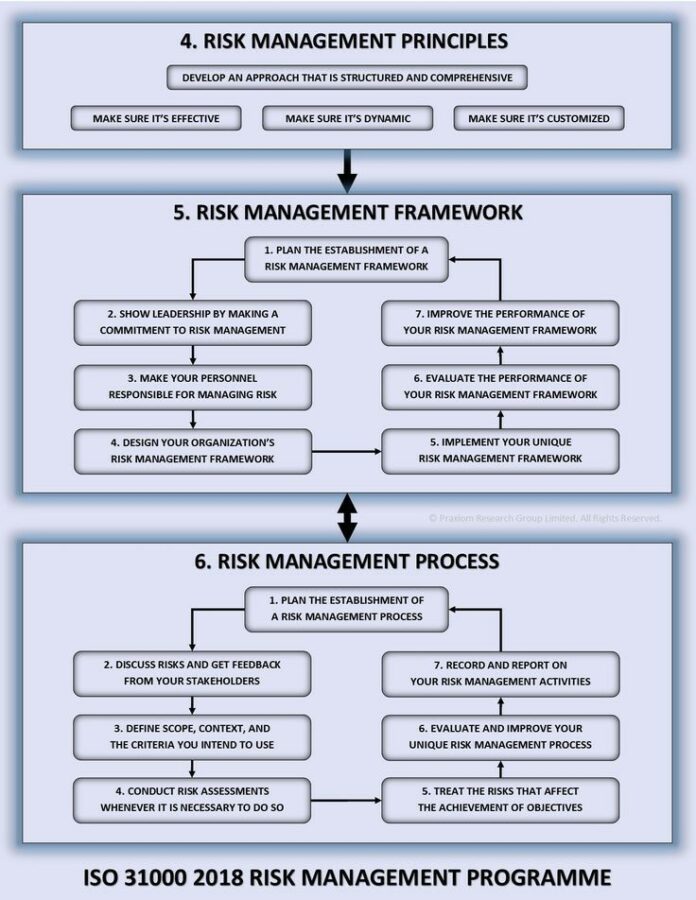Risk management is a proactive approach to identifying, assessing, and managing potential risks that could impact a project, program, or organization. The goal of risk management is to minimize the negative impact of risks and maximize the opportunities presented by risks. In this article, we’ll explore what risk management is, why it’s important, and how to effectively manage risks in your projects and organizations.
What is Risk Management?
Risk management is the process of identifying, assessing, and controlling the risks that could impact a project, program, or organization. The process of risk management involves the following steps:
- Identification of risks: This involves identifying all potential risks that could impact the project, program, or organization.
- Assessment of risks: This involves evaluating the likelihood and impact of each risk and determining the priority of each risk.
- Control of risks: This involves developing and implementing strategies to minimize the impact of risks and manage the consequences of risks.
The goal of risk management is to identify and assess potential risks in order to minimize the impact of those risks and maximize opportunities presented by risks. By identifying and managing risks, organizations and project managers can increase the chances of project success and reduce the impact of risks on the project, program, or organization.
Why is Risk Management Important?
Risk management is an important aspect of project and program management because it helps organizations and project managers to:
- Minimize the impact of risks: By identifying and managing risks, organizations and project managers can minimize the impact of risks on the project, program, or organization.
- Maximize opportunities: Risk management helps organizations and project managers to identify and maximize opportunities presented by risks.
- Improve decision-making: By identifying and managing risks, organizations and project managers can make informed decisions and choose the best course of action to achieve their goals.
- Increase stakeholder confidence: By managing risks, organizations and project managers can increase stakeholder confidence and build trust in the project, program, or organization.
- Improve project performance: By managing risks, organizations and project managers can improve project performance and increase the chances of project success.
How to Effectively Manage Risks
To effectively manage risks, organizations and project managers should follow the following steps:
- Identify all potential risks: This involves identifying all potential risks that could impact the project, program, or organization. This should include risks related to the project scope, schedule, budget, quality, and stakeholders.
- Assess the likelihood and impact of each risk: This involves evaluating the likelihood and impact of each risk and determining the priority of each risk.
- Develop risk management plans: This involves developing strategies to minimize the impact of risks and manage the consequences of risks. This should include contingency plans for high-priority risks.
- Implement risk management plans: This involves implementing the risk management plans and monitoring the risks to ensure that they are effectively managed.
- Regularly review and update risk management plans: This involves regularly reviewing and updating the risk management plans to ensure that they remain effective and relevant.
By following these steps, organizations and project managers can effectively manage risks and increase the chances of project success.
Conclusion
Risk management is a critical aspect of project and program management that helps organizations and project managers to minimize the impact of risks and maximize opportunities presented by risks. By effectively managing risks, organizations and project managers can improve decision-making, increase stakeholder confidence, and improve project performance. To effectively manage risks, organizations and project managers should identify all potential risks, assess the likelihood and impact of each risk, develop risk management plans, implement risk
